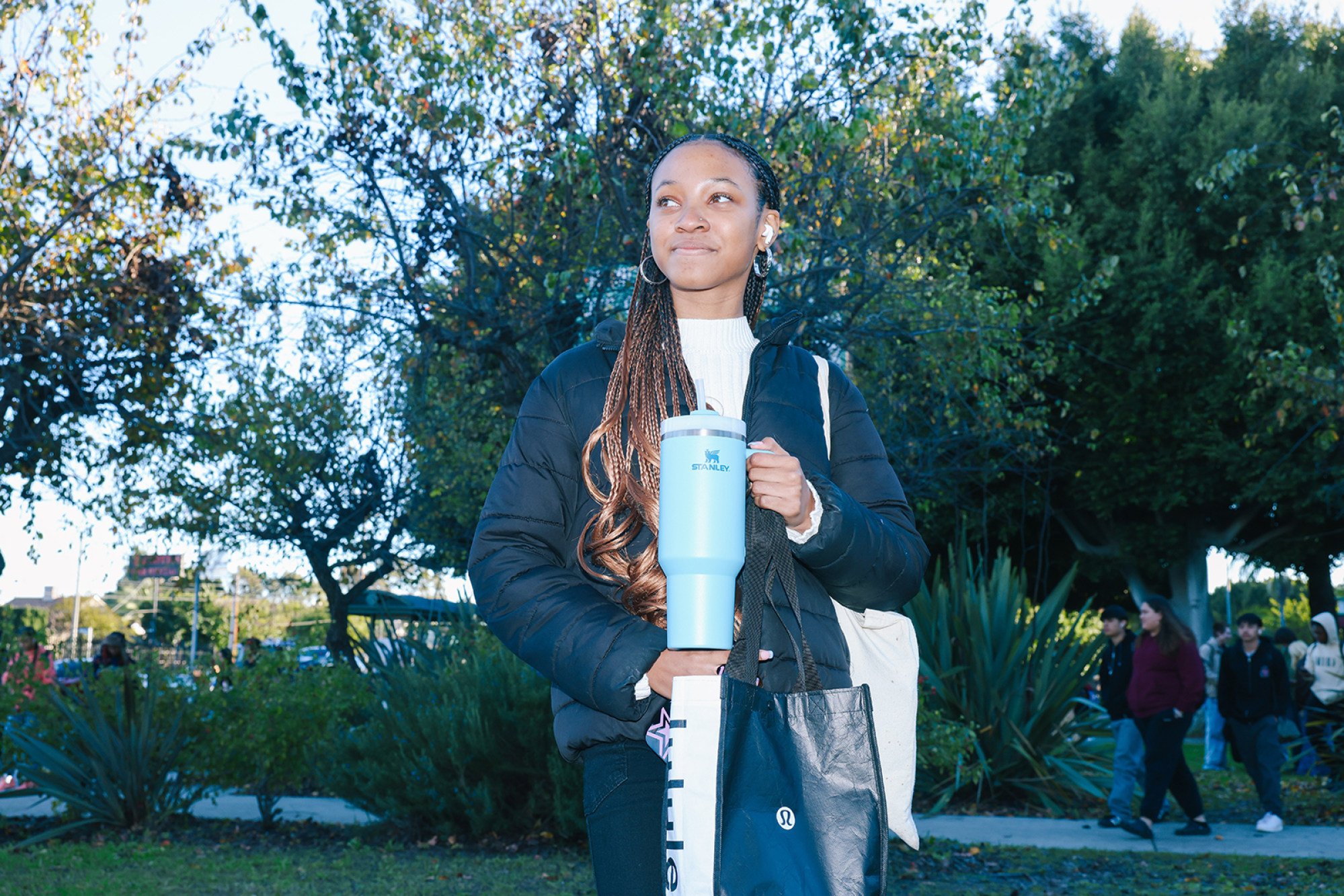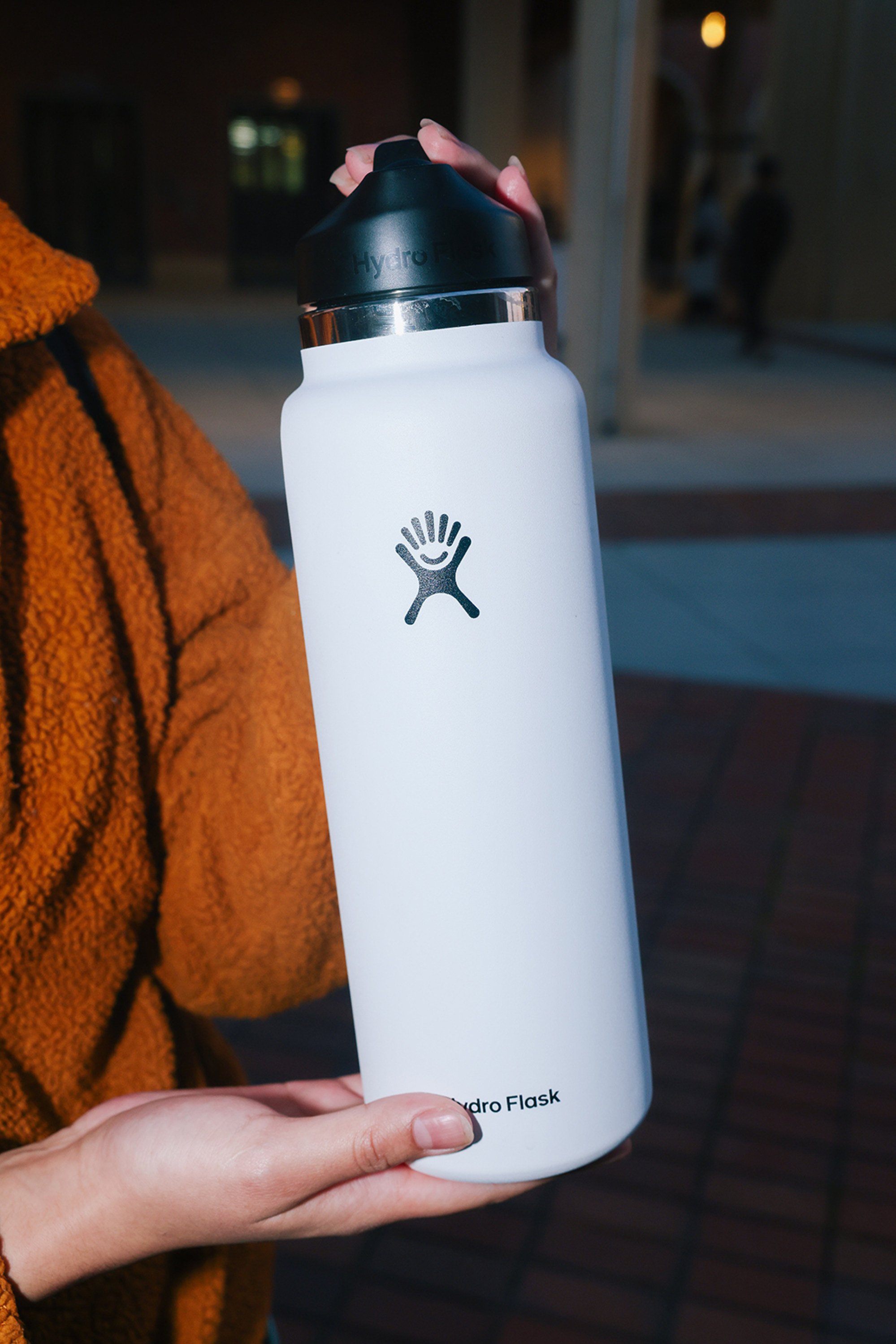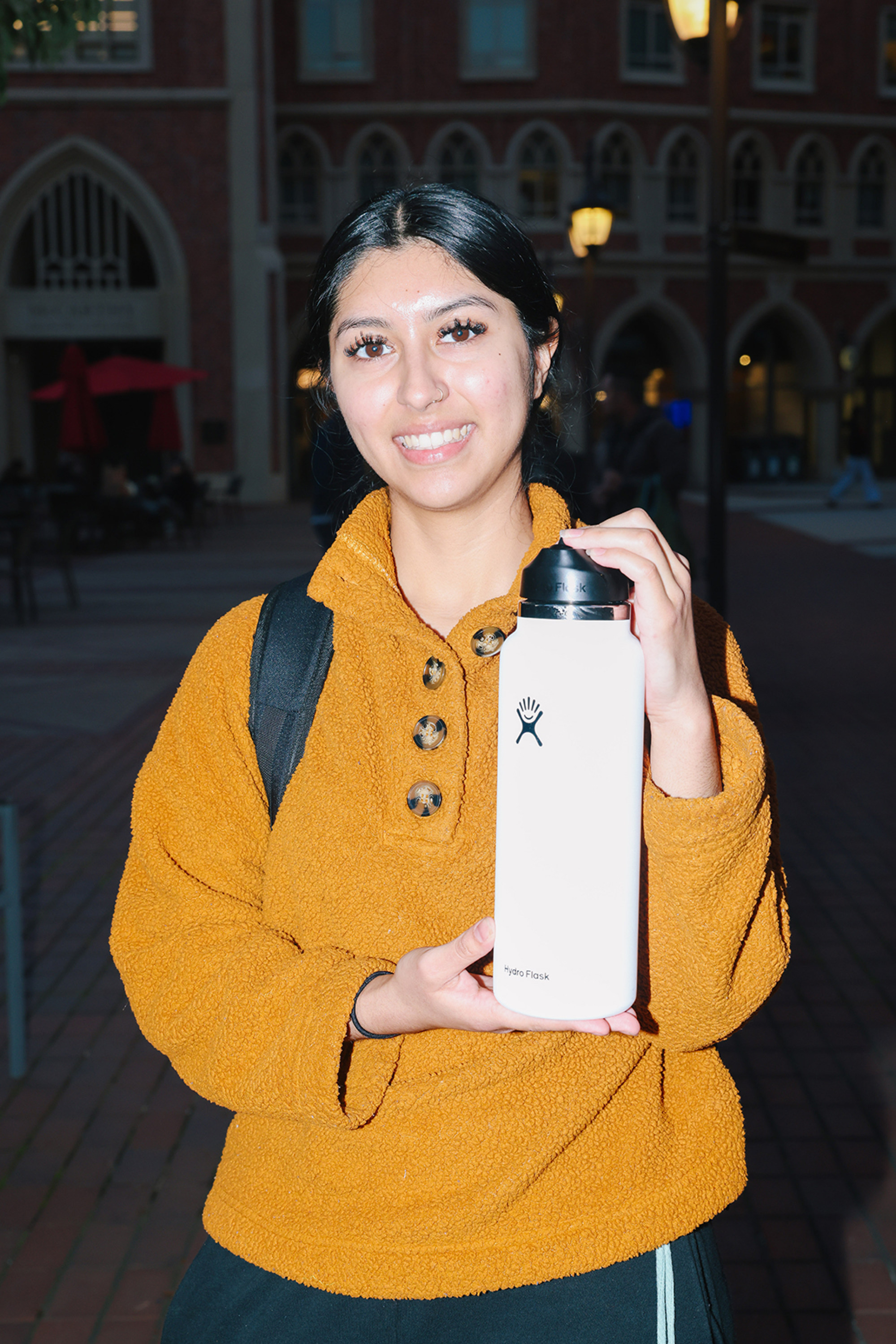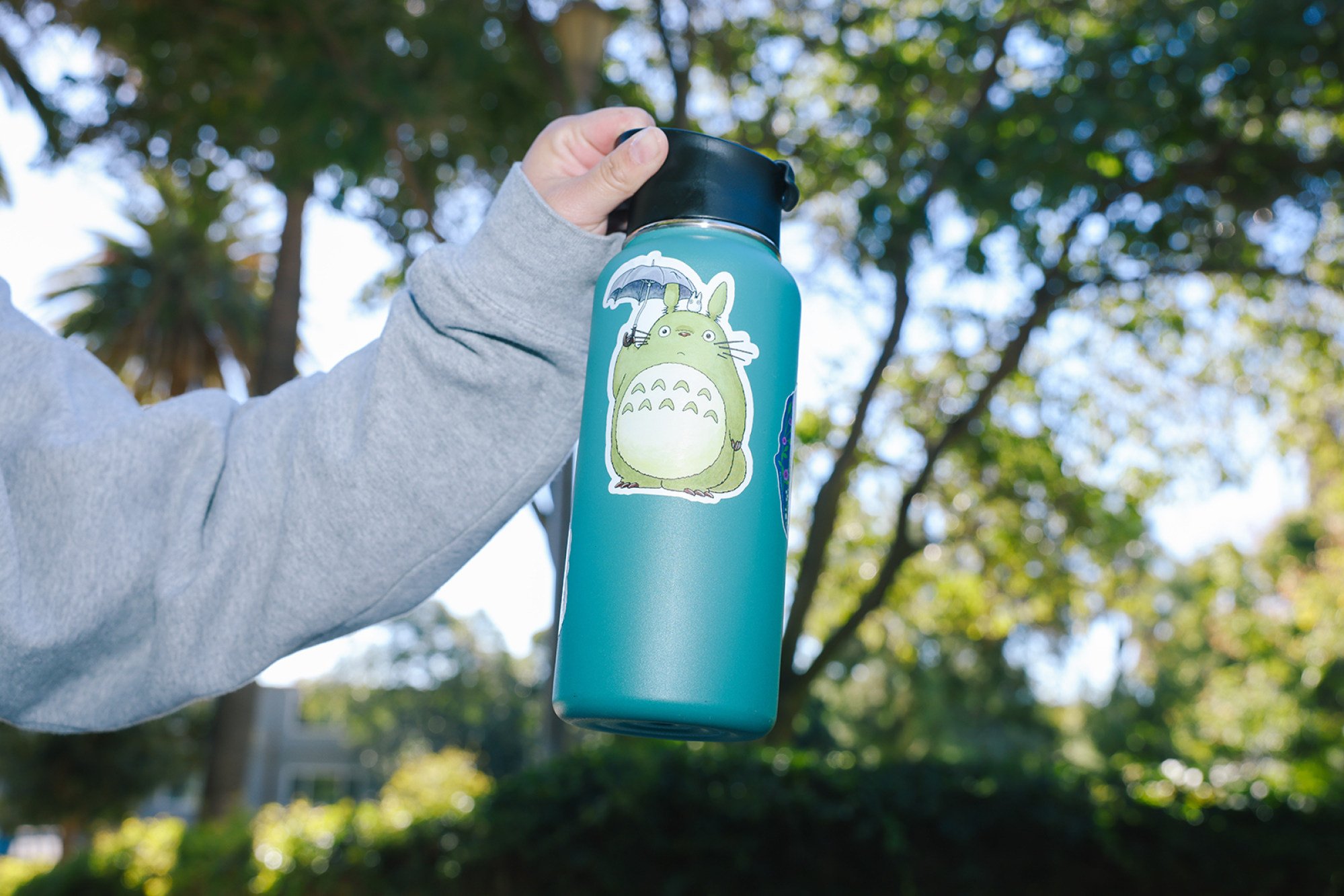Given the fierce devotion with which some fans wield their Stanleys, we ask if water bottles have really become the latest extensions of our identities?
1 Stanley: the trendsetter
One of the items most coveted by tweens across America currently, it seems, is the Stanley Quencher tumbler.
Electrolytes and hydration tablets: when and how to use them
Electrolytes and hydration tablets: when and how to use them
The cup’s popularity was probably sparked initially by a woman’s viral TikTok video last November of a Stanley cup that survived a car fire. In response, the Stanley company offered to replace her cup – and her car.
Since then, influencers and popular collaborations have propelled the Stanley cup to new heights. Stanley could not be reached for comment on the trend.

University student Hannah Gomez, on the other hand, initially thought people were talking about the US-based National Hockey League’s Stanley Cup competition. She received the popular Stanley tumbler as a gift from her younger sister and did not realise the cachet it would have.
“I’ve gotten like five comments on it today,” the 26-year-old says. “People don’t usually stop you for your water bottle.”
She likes the handle design and straw, which she says makes her drink more water throughout the day. Plus, it kept her water ice cold from 8am to 5pm.
Hikers Priscilla Ramirez and Diana Gonzalez say they bought one for its ability to keep water cold – a must at Gonzalez’s warehouse job in the summer – but they were also intrigued after hearing it could float in a pool. They confirmed that it does, indeed, float in a pool.
2 Hydro Flask: the populist
In 2020, the Hydro Flask was the “it” water bottle, the kind that students put at the top of their Christmas lists just like the Stanley cup of today. Teens carried them separately rather than in their backpacks, covering them with stickers and artwork. They were a statement that you were cool and eco-conscious.
According to the company, the average Hydro Flask purchaser ranges in age from teens to mid-30s and its customers “live full and active lives”.

Leslie Compean, 22, carries a white Hydro Flask she received from her sister for Christmas. She already owned a grey bottle from the same brand but wanted a larger one.
“I feel like I’m a simple person,” Compean says. Even if unintentional, it seemed to match her white shoes, paired with black pants and a mustard yellow jumper.
She does not care about trends, she says, but this bottle “does the job”.

Alfredo Torales, 39, has a black Hydro Flask. It came from the ever-growing lost-and-found pile at the secondary school his wife works at.
“These boys always leave Hydro Flasks behind as if they’re worth nothing,” Torales says. “If no one scoops it up after a few weeks, she brings them home.”
3 Owala: the colour-forward accessory
Unlike other reusable water bottles, Owala screams colour. Each iteration of its flagship FreeSip bottle has at least three different colours for the body, rim and spout. Online, they have names like “Can You See Me?” with bright pinks and reds, and “Gemstone Chic”, with rich jewel tones.
“Water bottles are a cool tool for self-expression,” says Chad Sorensen, senior brand manager for Owala. “We give you an outlet, a vehicle to do that.”
Denai Blackshire, 32, carries a white, black and grey Owala that matches her grey sweats.
“When you go hiking, you still want to look aesthetically put together,” Blackshire says. An ex-partner bought her the water bottle after she said she wanted to hike more. Her main requirement: it had to be cute.
She also thought the design was clever – a straw for sipping and a larger spout for guzzling. It was named one of Time’s Best Inventions of 2023.
4 S’well: the stylish classic
The S’well bottle has a distinctive slim neck design and is small enough to fit in the side pocket of most backpacks. The downsides: it is hard to fit ice cubes in the opening, and the svelte bottles are less visible carried inside a backpack.
Alex Holt, 44, carries one with a stainless steel finish. He chose that one because it matches his lunchbox. “It’s like your branding,” his colleagues told him. He says it is also sturdy and keeps his water cold, sparkling or still.
“The idea is that we have them for a really long time,” Holt said, rather than changing them with trends.
5 Nalgene: the sturdy workhorse
Goksu Okar, 32, says she already had a “really big” water bottle that she drinks from all day and wanted a smaller, more portable one. If she wanted to spend more, she would have bought a Yeti (US$28 for a similar style). But the Nalgene is cheap and seemed sturdy – what more could she ask for?
While Nalgene bottles cannot keep your water cold, they are relatively inexpensive. The standard 32-ounce wide-mouth bottle is only US$17, while the other brands in this round-up cost US$30 or more. And if you break it, the company will replace it.

The best water bottle? Anything reusable
“My rule of thumb is, don’t spend more than US$20 on a water bottle,” says 18-year-old Sofie Fisher. “Maybe US$25.”
“Fads have been like a thing forever,” she says. It’s more important to “try to reuse what you have and not consume more”. Fisher uses a Tripalink-branded water bottle she thinks her mum bought on Facebook Marketplace. She does not care for Stanley or any other trendy bottle.
“It’s forced consumerism,” she says.

